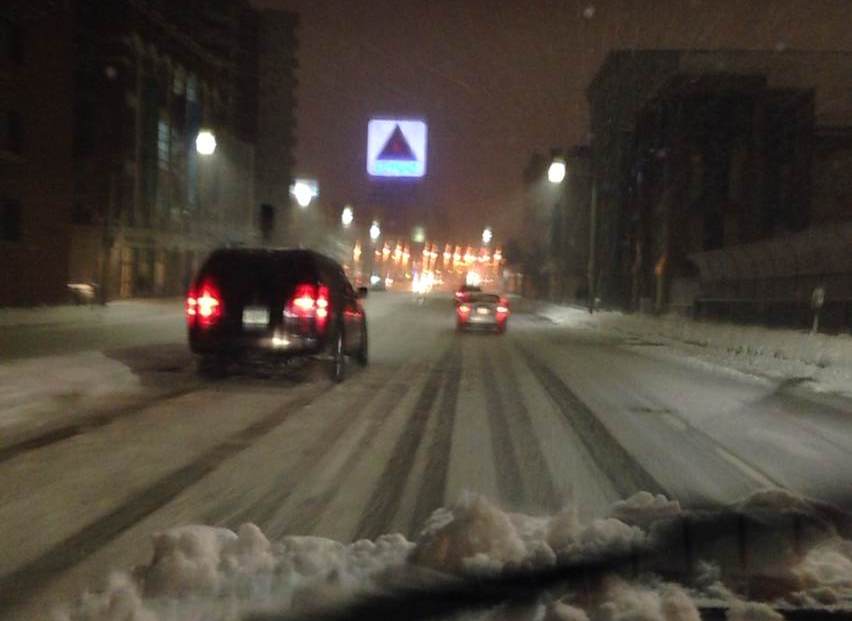SPRINGFIELD, Ill., Oct. 3, 2014 /PRNewswire/ — This year’s winter weather predictions vary on the amount of precipitation we can expect, but many of them agree that much of the country will experience below normal temperatures. The Energy Education Council encourages you to take some simple steps before these cold temperatures set in to help keep warm air in your home and money in your pocket by making your home more energy efficient.

There were quite a few snow storms last winter in Boston (file photo).
“Most winterizing steps can pay for themselves relatively quickly with heating bill savings,” says Molly Hall, executive director of the Energy Education Council. “Don’t overlook simple energy-saving steps such as letting the sun warm rooms on sunny days or closing the damper when the fireplace is not in use. These are effective energy-saving tips that cost you nothing.”
Lowering the thermostat is the easiest way to save energy. Energy use is reduced for every degree dialed down. Turn it down when you are away from home or sleeping, and keep it to the lowest comfortable level when you are home. Consider installing a programmable thermostat to automatically adjust the temperature.
Use these tips to help keep the cold air outside and to cut costs to heat your home:
- Before firing up your heating system, make sure the furnace and heaters are in good working order, and have a professional check and service your furnace system to ensure peak efficiency and safety.
- Clean or replace your furnace filter every month to save energy and improve heat circulation. Dust and dirt slow down air flow. This makes the system work harder, which wastes energy and costs more money.
- Seal all air leaks around your home with weather stripping or caulking. There may be gaps that contribute to the loss of heat in your home. Some common areas to find air leaks include around: windows, doors, the attic hatch, wiring holes, plumbing vents, furnace vents, dryer vents, and recessed lighting. Hall explains, “Weather stripping and caulking are inexpensive and among the simplest, most effective ways to boost efficiency and cut energy costs year round.”
- Make sure walls, attics, and flooring, especially above unheated spaces such as crawl spaces and garages, are properly insulated, and repair any leaks on the roof.
- Replace window screens with storm windows. If you have older or leaky windows that you cannot replace, use temporary fixes such as plastic film kits that create the effect of an interior storm window.
- Electric space heaters can be useful to heat small areas, such as a study or living room. However, if you need to keep large areas warm, your home heating system will do the job more efficiently. If a space heater is being used, make sure the wiring is adequate, and check for cord fraying, splitting wires, or overheating. Do not place a portable heater in high-traffic areas, keep it clear of anything flammable, and do not leave it on unattended.
“Most people will be pleasantly surprised to realize double-digit percentage savings on their heating bills by using these simple measures,” Hallsays. “Most winterizing steps will pay for themselves relatively quickly with energy bill savings, and don’t forget, saving energy is the cheapest and cleanest way to add to our energy supply.”
If you find you need to replace your heating system, talk to your installer about getting the most efficient unit you can afford. Investing in energy efficient equipment will help you save money on heating bills.
For more information on energy efficiency and safety, visit http://EnergyEdCouncil.org/.